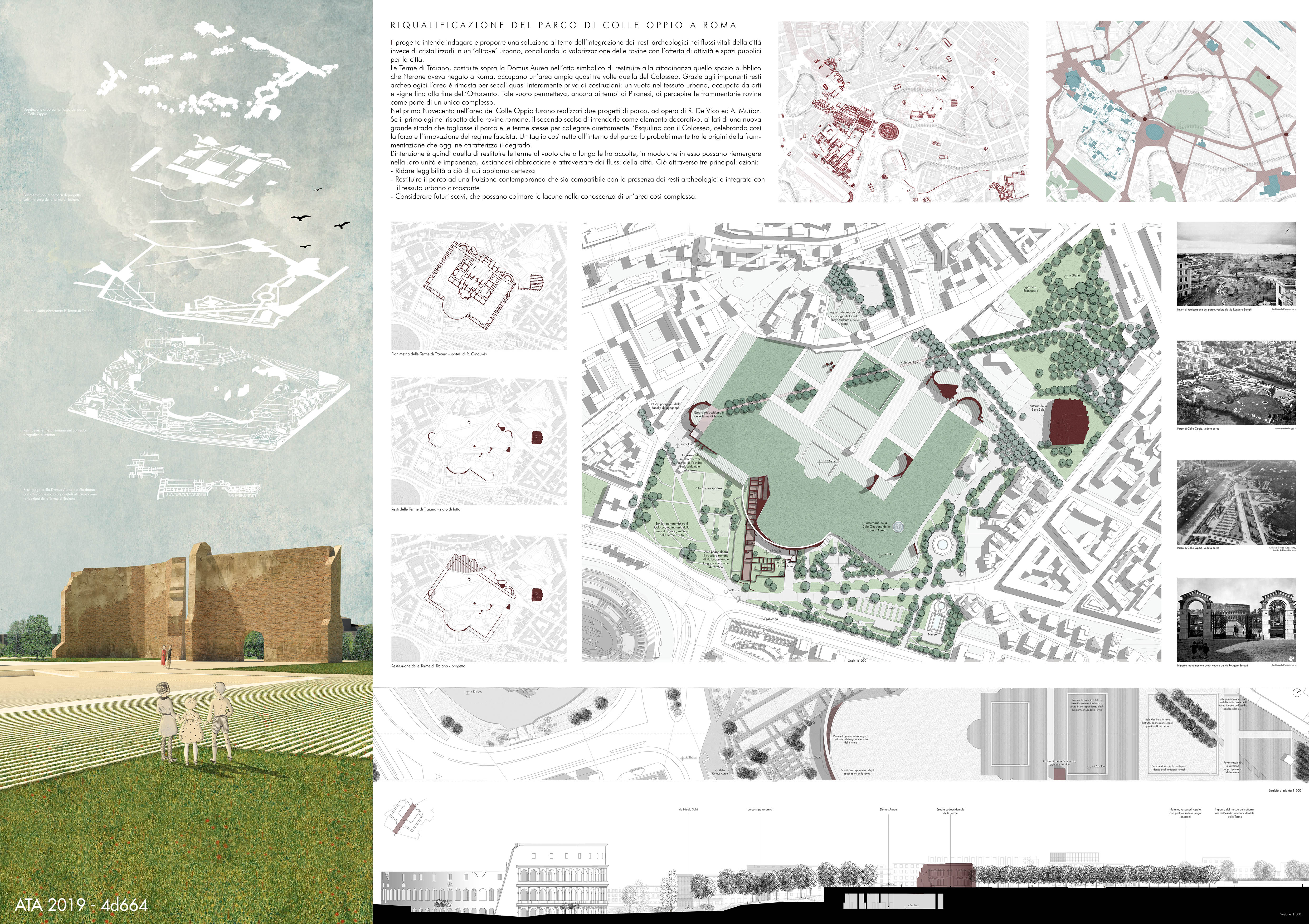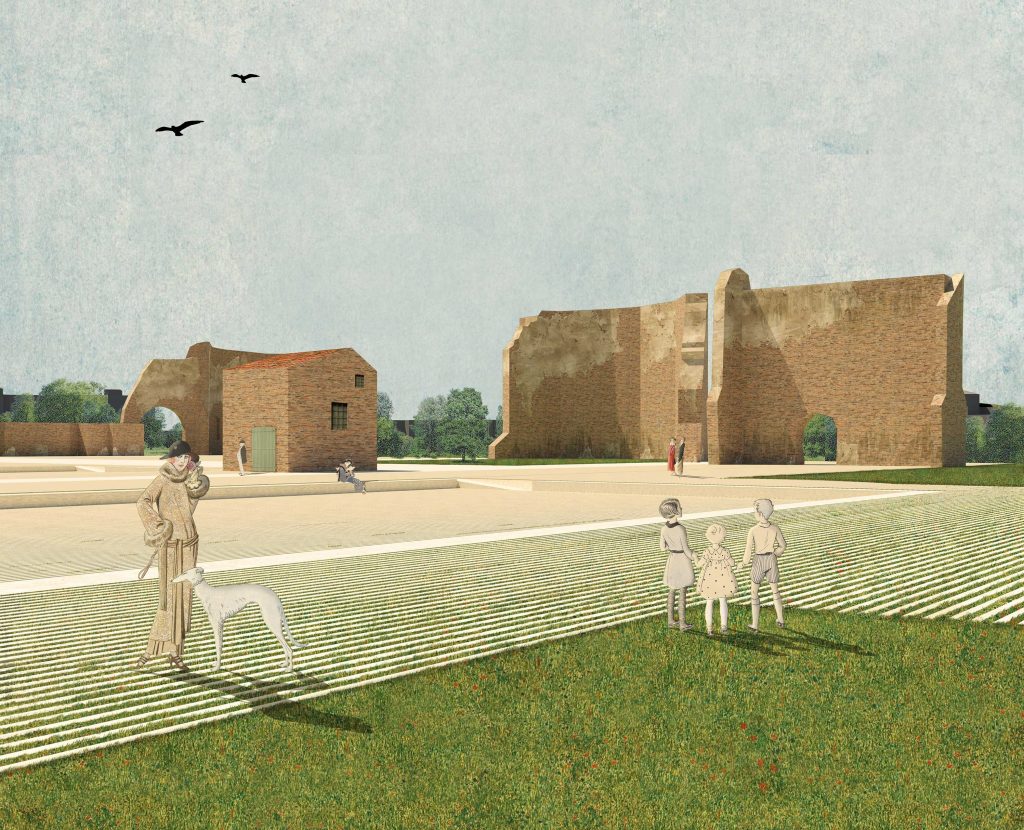The project intends to investigate and propose a solution to the theme of the integration of archaeological remains in the city’s life flows instead of crystallizing them in an urban ‘elsewhere’, combining the enhancement of the ruins with the offer of activities and public spaces for the city.
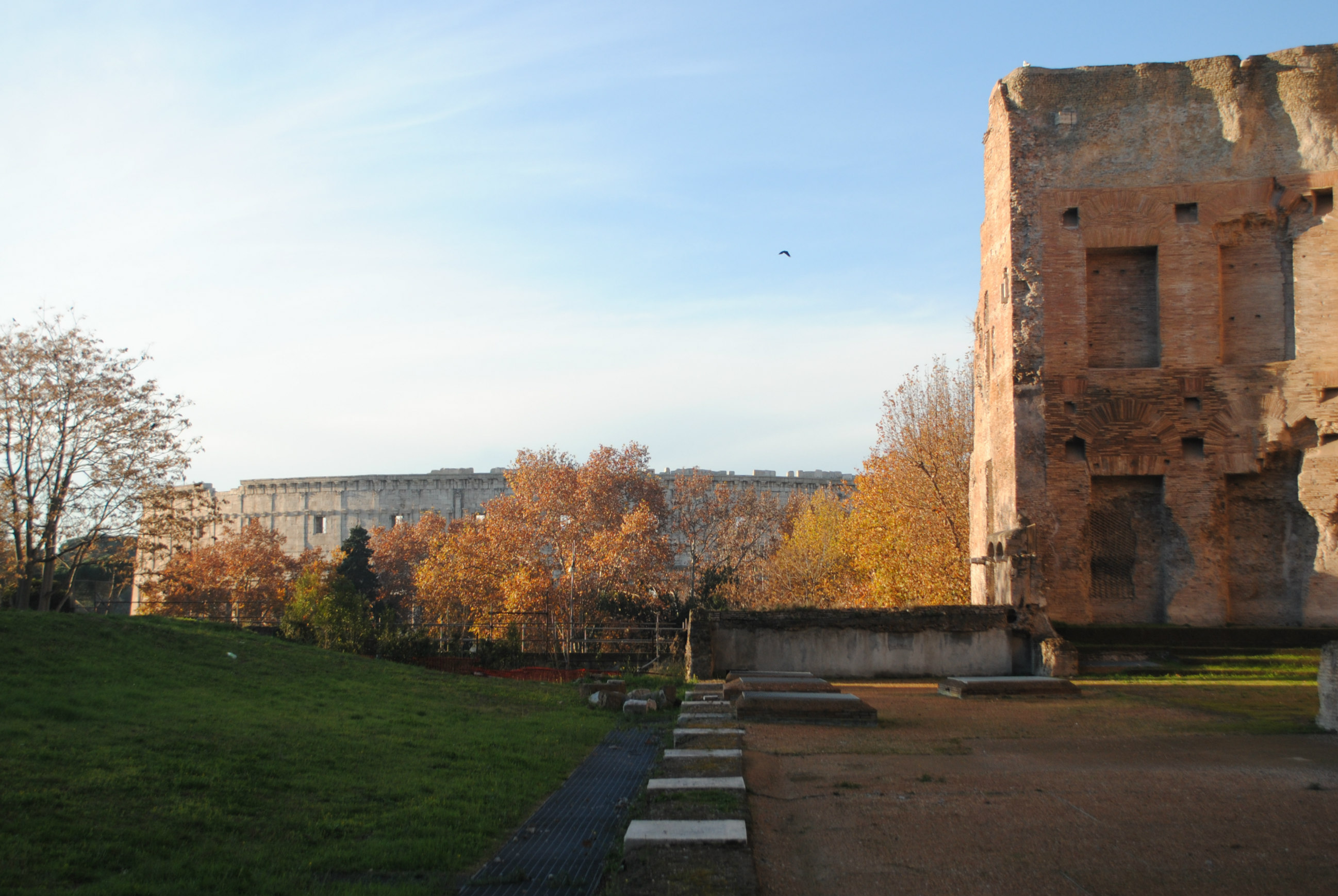
The Baths of Trajan, built above the Domus Aurea in the symbolic act of giving back to the citizens that public space that Nero had denied to Rome, occupy an area almost three times larger than that of the Colosseum. Thanks to the imposing archaeological remains, the area has remained almost completely devoid of construction for centuries: a void in the urban fabric, occupied by vegetable gardens and vineyards until the end of the nineteenth century. Such void allowed, still in the times of Piranesi, to perceive the fragmentary ruins as part of a single complex. In the early twentieth century in the area of Colle Oppio two park projects were realized, by R. De Vico and A. Muñoz. If the former acted in respect of the Roman ruins, the latter chose to understand them as a decorative element, on the sides of a new large road that cut the park and the baths themselves to directly connect the Esquilino with the Colosseum, thus celebrating the strength and innovation of the fascist regime. Such a marked cut inside the park was probably one of the origins of the fragmentation that today characterizes its degradation. The intention is therefore to return the baths to the void that has long welcomed them, so that they can re-emerge in their unity and grandeur, allowing themselves to be embraced and crossed by the city's flows.
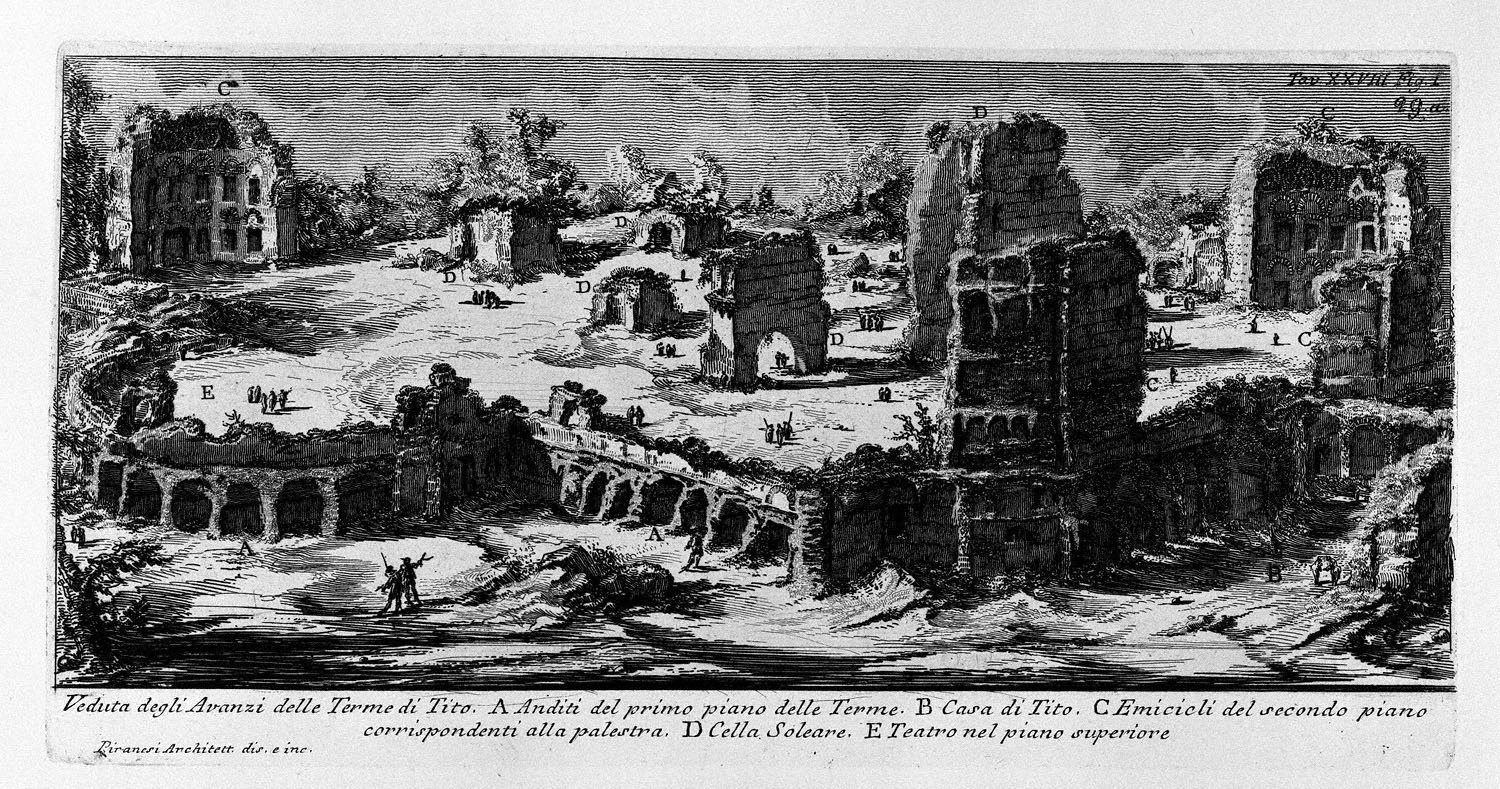
This through three main actions: - Return readability to what we know - Allow a contemporary fruition of the park that is compatible with the presence of archaeological remains and integrated with the surrounding urban fabric - Consider future excavations, which can fill the gaps in the knowledge of such a complex area. A central void thus welcomes the remains of the baths to give them a unitary perception, articulated in paving, meadows and paths that mark the spatial configuration of the original complex. All around, in the rest of the park, a network of functions, paths, shrubs and arboreal vegetation, taking up the essential elements of the compositional language of De Vico, articulate the space representing a filter with the surrounding city. The emerging ruins are integrated into the park system, while the hypogeal ones are welcomed by museum spaces. The latter make it possible to visit the frescoes and the wall mosaic found under the south-western exedra of the thermal baths and the north-western part of the baths which survive today only in the cellars of the medieval buildings that have risen above. These hypogeum tours add up to the already existing one of the Domus Aurea. The Colle Oppio park is therefore set up as an urban park and an archaeological park, hosting recreational, sporting and museum functions at the same time, thus allowing the daily flow through the ancient to welcome the latter into the life of the contemporary city.
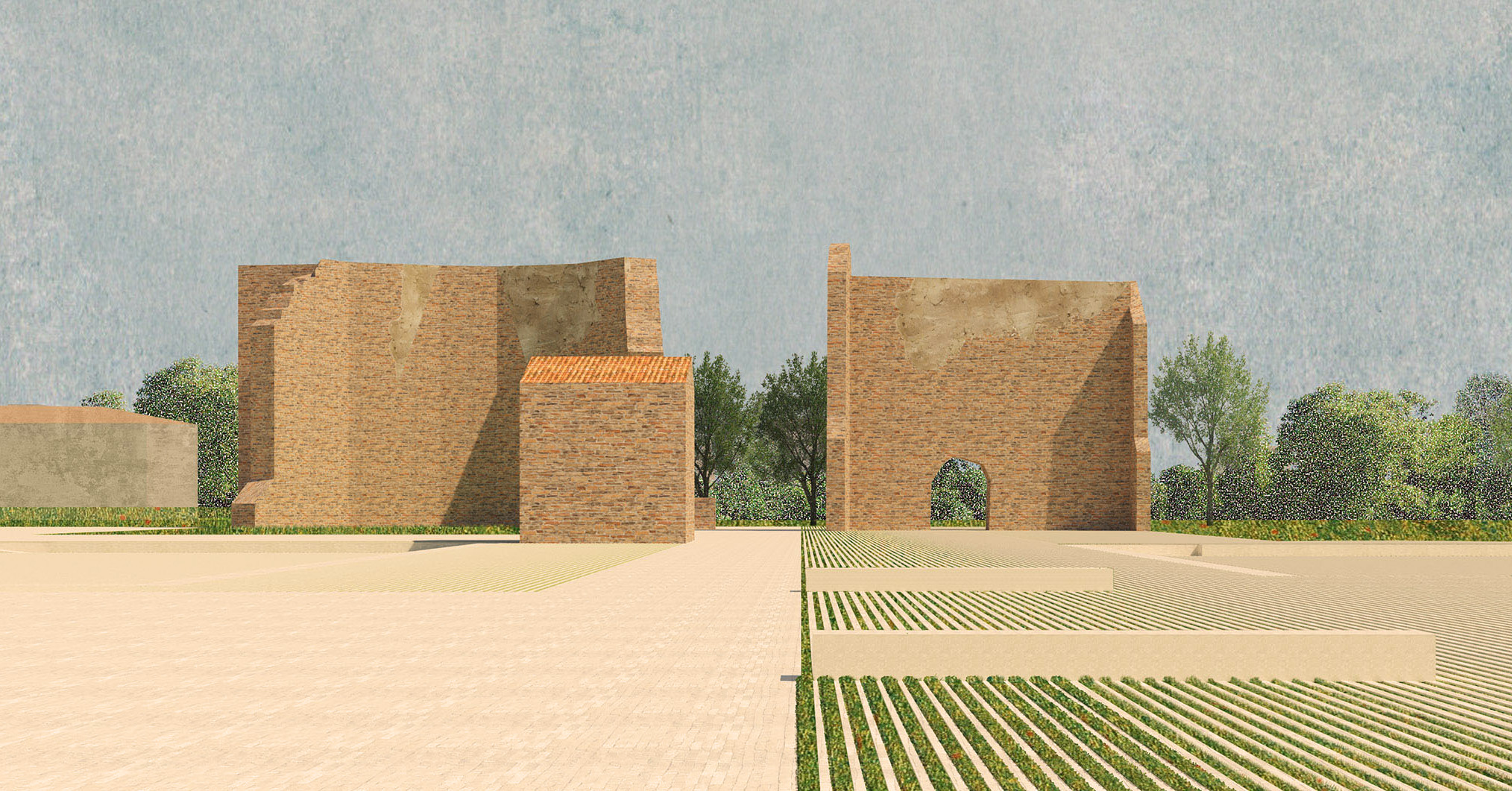
The Board:
